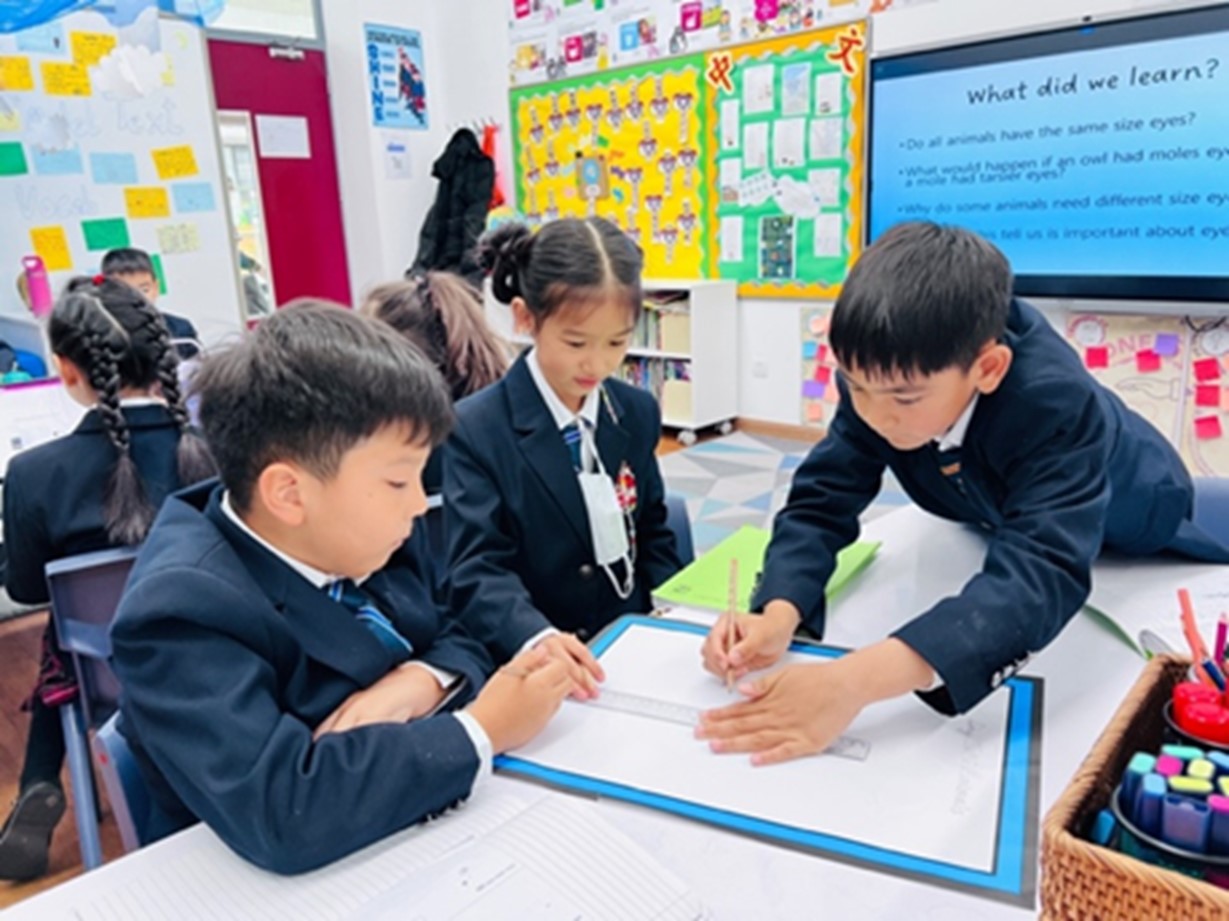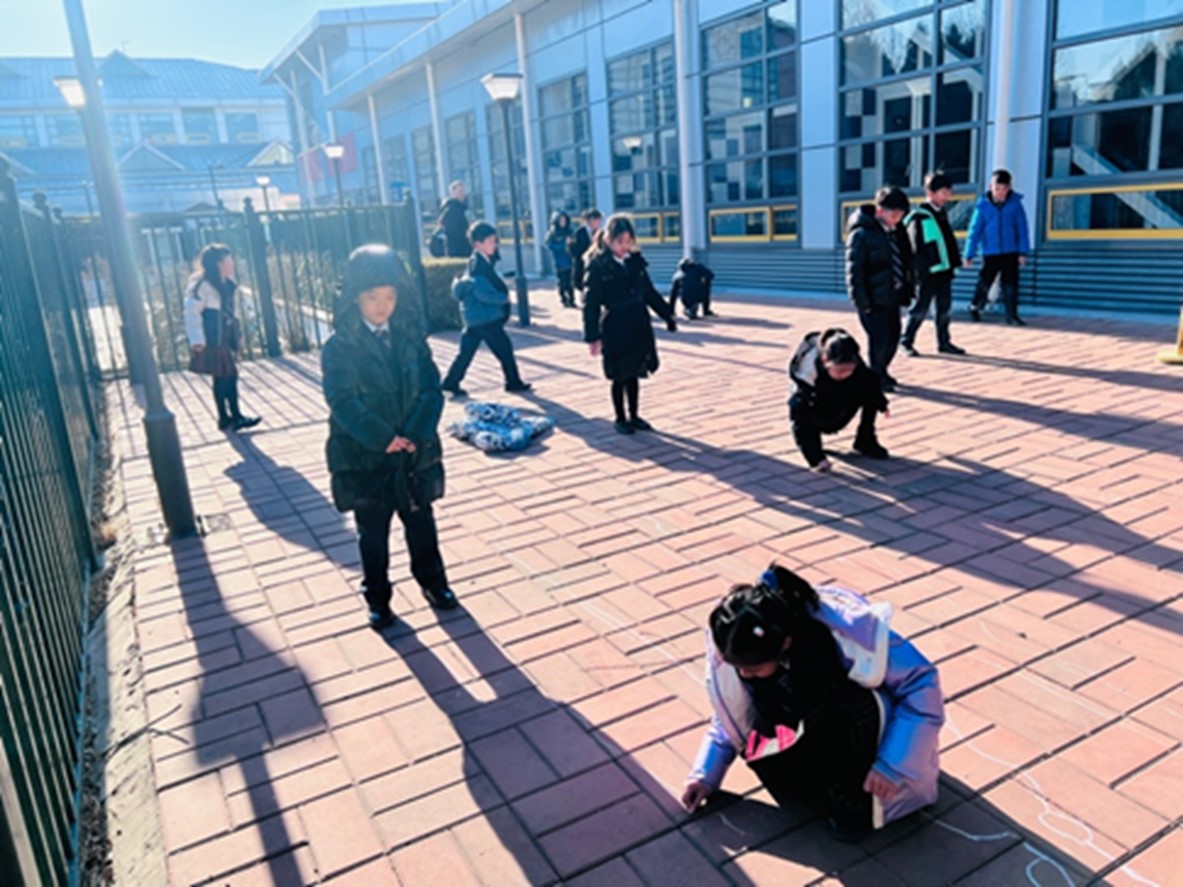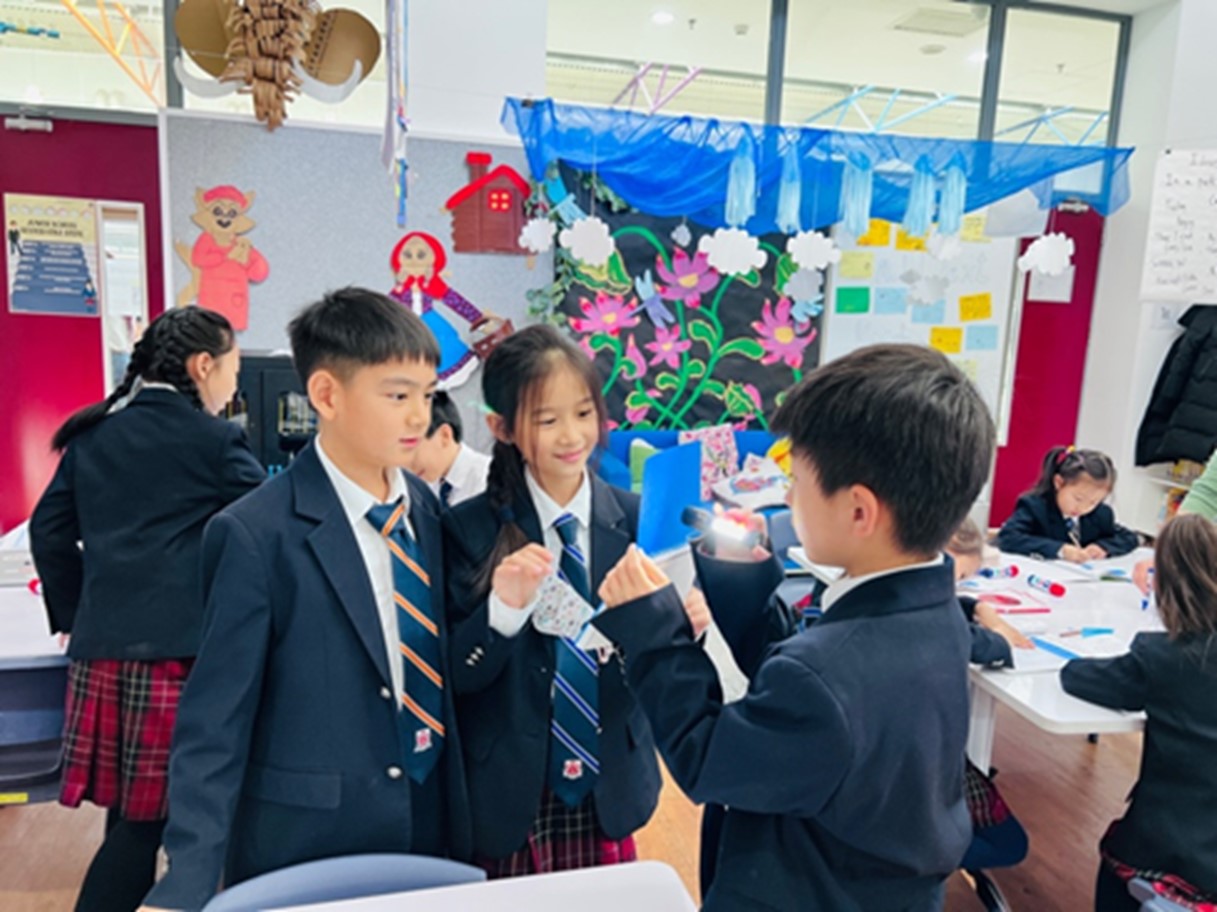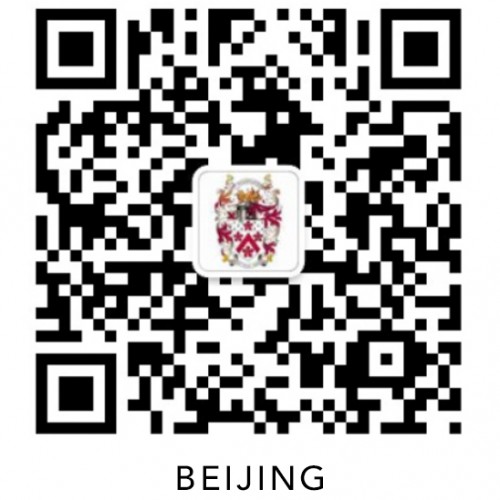Highlights: Junior School Learning Journeys Through “Topic”
Three students were walking along the Junior School corridors when one of the boards showcasing student learning caught their eye. They slowed to a stop, captivated by photos of ancient artefacts, and pored over their explanations. After observing the displays and exchanging thoughts about it, one girl said, "Oh, I miss Topic!"
What is Topic?
Topic is a dedicated subject in our Junior School where students deep-dive into a theme, just like what Year 6 did in Peking into the Past back in Term 1. This concept-based, cross-curricular approach tackles key concepts such as Change, Sustainability, Connections, Perspective or Creativity and innovation. Our Junior School follows the English National Curriculum and its carefully mapped aims and objectives for Science, Geography, and History. Topic makes this more fun, tying in all these objectives and new concepts into an immersive story — one in which every student has a role to play, discoveries to make, and their journeys to embark on, ensuring breadth and depth to enrich their learning.
Year 3 Topic: A Week-by-Week Learning Adventure
A look at our Year 3's most recent Topic Highlights, a Science-based unit that looks at the relationship between light and sight, shows how students learn best when they are engaged, and the learning is tailored to their needs and interests.
Week 1
The journey kicked off with a Stunning Start, where the classes considered what information they already knew about light. "Light can travel in a straight line!" One student piped, and more joined in sharing alternatives to light before electricity came along. The students were both amused and fascinated by a close-up of an eye, identifying its different parts and learning how they work to let light inside so we can see the world.
But why can some animals see at night while we humans can't? Students were intrigued and looked forward to finding out in the weeks to come!
Week 2
The learning continued with creativity as students recycled shoe boxes to craft shadow puppet theatres. Using tracing paper and shining torches, they discovered the magic of shadows while learning about the human eye.
Week 3
The investigation into light continued as students researched nocturnal and diurnal animals. They shared fascinating findings about eye size differences, working together to uncover the mysteries of vision.
Week 4
This week was all about animal eyes! Students learned why some animals have small eyes while others have large ones, and the role that light plays in helping animals see. The students then created eye-catching posters to showcase their research.

Week 5
Hands-on experiments took centre stage! Students made predictions about materials that reflect light and observed the fascinating bending effect of light in water through refraction. One highlight was seeing how a ruler appears bent when placed in water, demonstrating how light travels at different speeds through different materials.
Week 6
Shadows came to life as students took their learning outside, measuring their own shadows and discovering how they change throughout the day. They linked this knowledge to the properties of reflective materials, sparking creativity for their next project where students can apply their scientific understanding to a real-world problem.
Week 7
The journey continued with an exploration of light's interaction with materials. Students were challenged to design reflective badges for safety, discussing the importance of sunlight while learning how to protect themselves. Later in the week, students examined how light can be harmful, researching topics such as solar eclipses, the benefits and dangers of sunlight, and sun safety.
Week 8
Our young inventors put their designs to the test, investigating which materials reflect light best. They enthusiastically shared ideas on improving their badges, fostering a spirit of collaboration and innovation
Week 9
The unit culminated in a spectacular "Fantastic Finish," where students proudly showcased their learning about light and shadow to parents. Their enthusiasm was contagious as they explained how shadows are formed, demonstrated their reflective badge designs, and even recreated their puppet theatre stories.

From exploring how light travels, to understanding the marvels of the human and animal eye, Year 3's Topic journey has been a glowing example of how hands-on, cross-curricular learning brings science to life, enriching knowledge while building critical skills such as creativity, collaboration, and scientific inquiry. Through every shadow cast and every ray of light explored, our students discovered that learning truly shines brightest when it's meaningful, relevant, and full of wonder.






